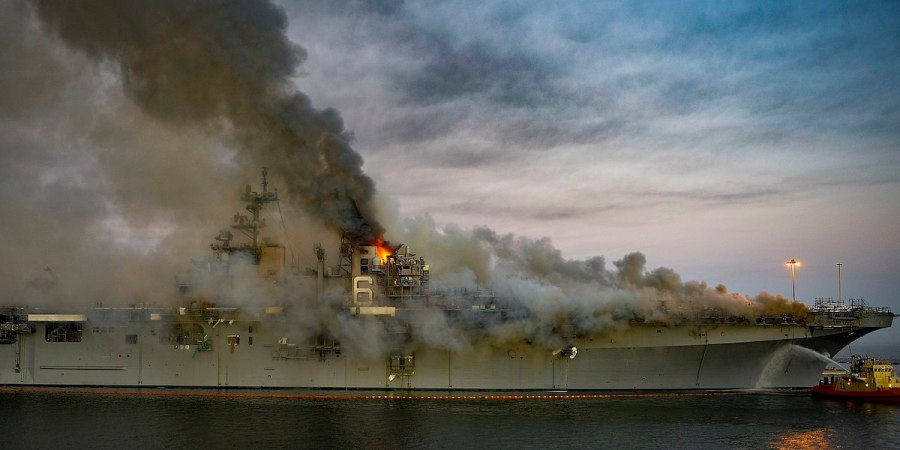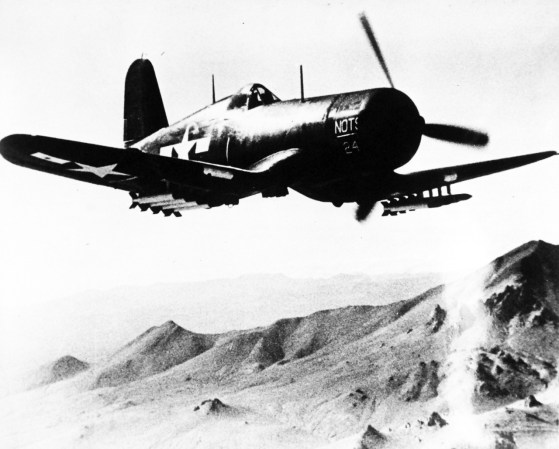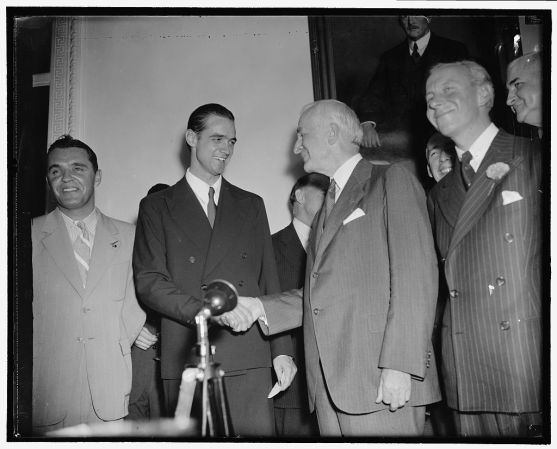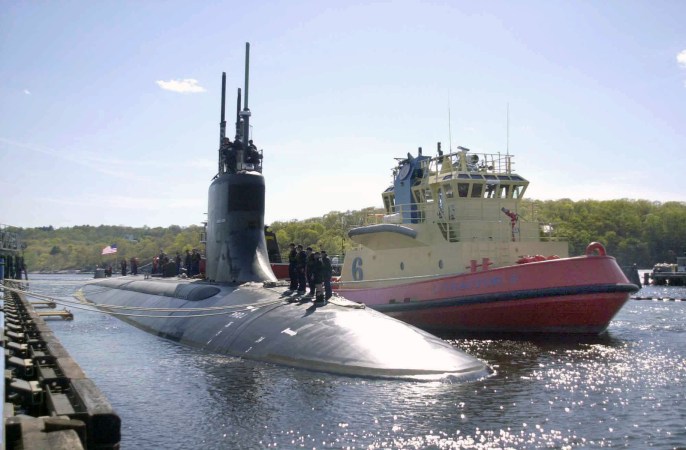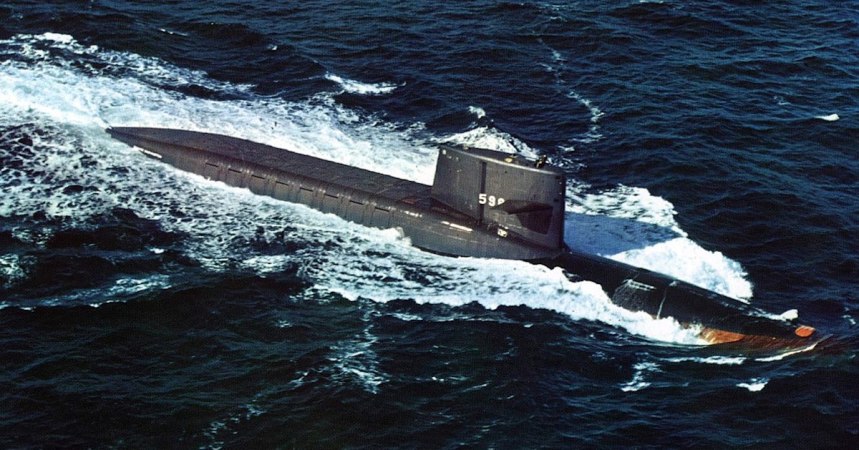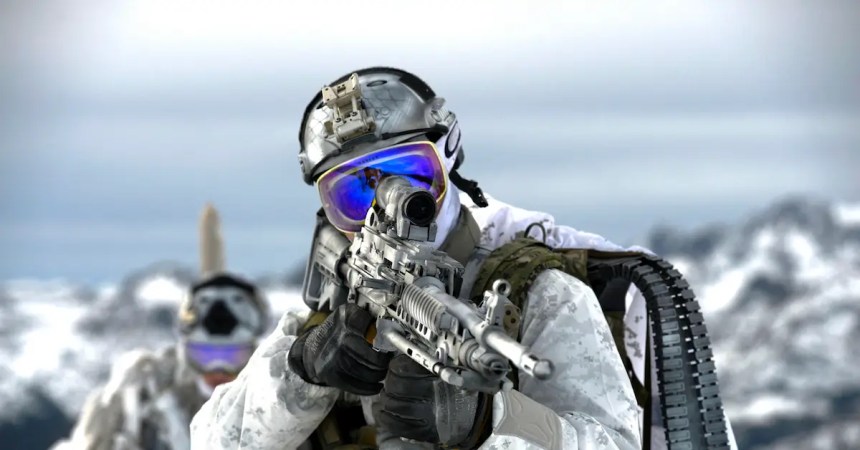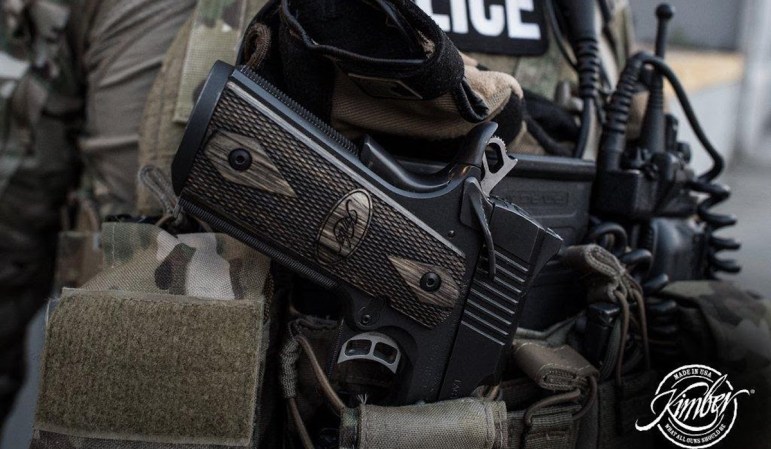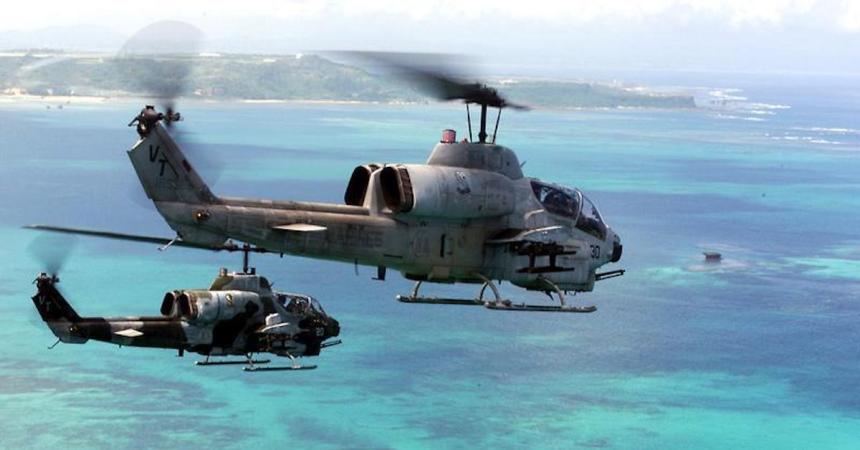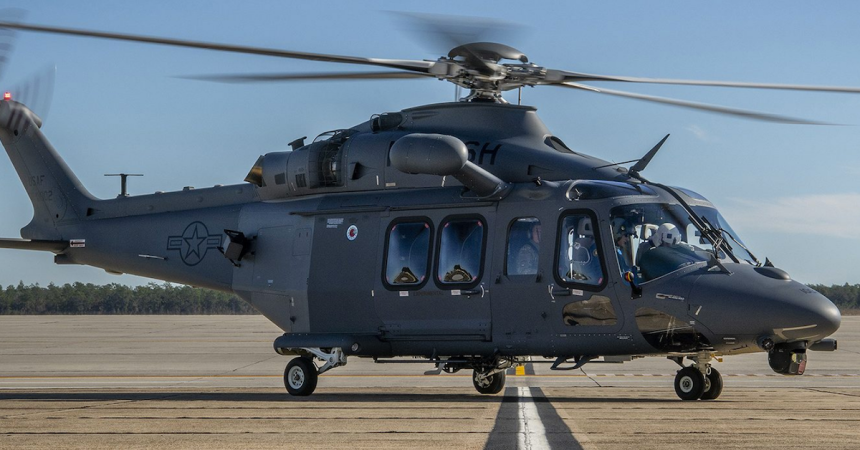One of the less-exciting participants in Saber Strike 2018 is actually one of the most important strategic elements of the United States: the Maritime Prepositioning Force. Recently, the ships in this force helped conduct multi-national training exercises in Eastern Europe.
The ships that make up this force might not look like much. They’re devoid of firepower and they’re slow (at least when compared to littoral combat ships or destroyers). They rarely deploy from their bases and they’re certainly not winning any beauty pageants any time soon. And yet, these are some of the most vital ships when it comes to giving America a strategic position in conflict.
That’s because these ships facilitate the rapid deployment of troops.

USNS William B. Baugh (T-AK 3001) in 2008, the lead ship of the first class of maritime prepositioning ships purchased in the 1980s.
(Photo by Jack Workman)
The whole idea came about in the 1970s. The United States had just seen the Ayatollah Khomeni take over Iran — and needed to rapidly respond to the crisis. The British had a small territory in the Indian Ocean called Diego Garcia. It wasn’t an ideal launching point, but it had to do. So, the United States set up a squadron of these ships, loaded up with gear for a rapidly-deployable force, in response.
In the 1980s, this concept was expanded to include three Maritime Prepositioning Squadrons. One was stationed at Diego Garcia, another in the Mediterranean Sea, and a third in the Marianas. Each could support a Marine Expeditionary Brigade for 30 days. That would buy time enough for heavier forces to arrive — or for the bad guys to reconsider their position.

A HMMWV offloads from a maritime prepositioning ship during Saber Strike 2018. These ships carry gear and supplies to support Marine units.
(DOD photo by Cpl. Anthoney Moore)
The MPF was used in practice in 1990 after Saddam Hussein’s regime invaded Kuwait. The United States sent the Division Ready Brigade of the 82nd Airborne Division and the 7th Marine Expeditionary Brigade — backed up by two carriers — to draw the famous “line in the sand.” The US was able to deploy so quickly by using the Maritime Prepositioning Squadron based at Diego Garcia. By quickly delivering a force to the theater, Saddam was deterred from going any further as the bulk of American forces arrived.
Today, two of those squadrons remain — one in the Marianas and the other at Diego Garcia — but both remain crucial strategic elements. In essence, they serve as a deterrent — international would-be thugs know that if they misbehave, they’ll have 15,000 very angry Marines paying them a visit very promptly.



